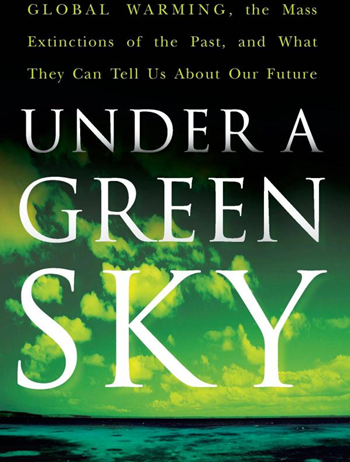January 5, 2012
Tamino: What’s the probability that man-made global warming will lead to disastrous climate change?
 Tamino poses the question:
Tamino poses the question:
What’s the chance that if we continue with business-as-usual, man-made global warming will lead to disastrous climate change? It isn’t zero. It isn’t one. What is epsilon?
Although one could quibble with the assumption that it isn’t 1 – why wouldn’t it be? – here’s what Des wrote in comments: Assumptions
- The End-Permian mass extinction event was the worst in Earth’s history and was caused by rift volcanism and coincident burning of coal (Earth’s greatest mass extinction caused by coal: study).
- Humans are changing atmospheric and ocean chemistry faster than at any time Earth’s history, releasing sequestered carbon some orders of magnitude faster than the Siberian trap eruption. (Rate of ocean acidification the fastest in 65 million years).
- Earthlike planets are capable of supporting multicellular life for a relatively small fraction of their existence (Peter Ward).
- Humans have already caused irreversible changes to ocean chemistry that force a transition to anoxic oceans dominated by microbes: (Jeremy Jackson; fast forward to 36:49, “Three scenarios of global behavior and consequences”).
Estimates
- Probability that humans have already destroyed the biosphere in which the species evolved: 100%.
- Probability that humans can survive the Under a Green Sky scenario in bio-domes for some millions of years, until biodiversity recovers: 0%.
- Probability of extinction of all complex multicellular life by human destruction of the biosphere: 90%.
- Probability of extinction of human species within a few centuries: arbitrarily close to 100%.
Technorati Tags: global warming,climate change,mass extinction,doom,ocean acidification,ocean anoxia
Only one option remains – buy gold!
Only one option remains: buy carbon and bury it in the yard.